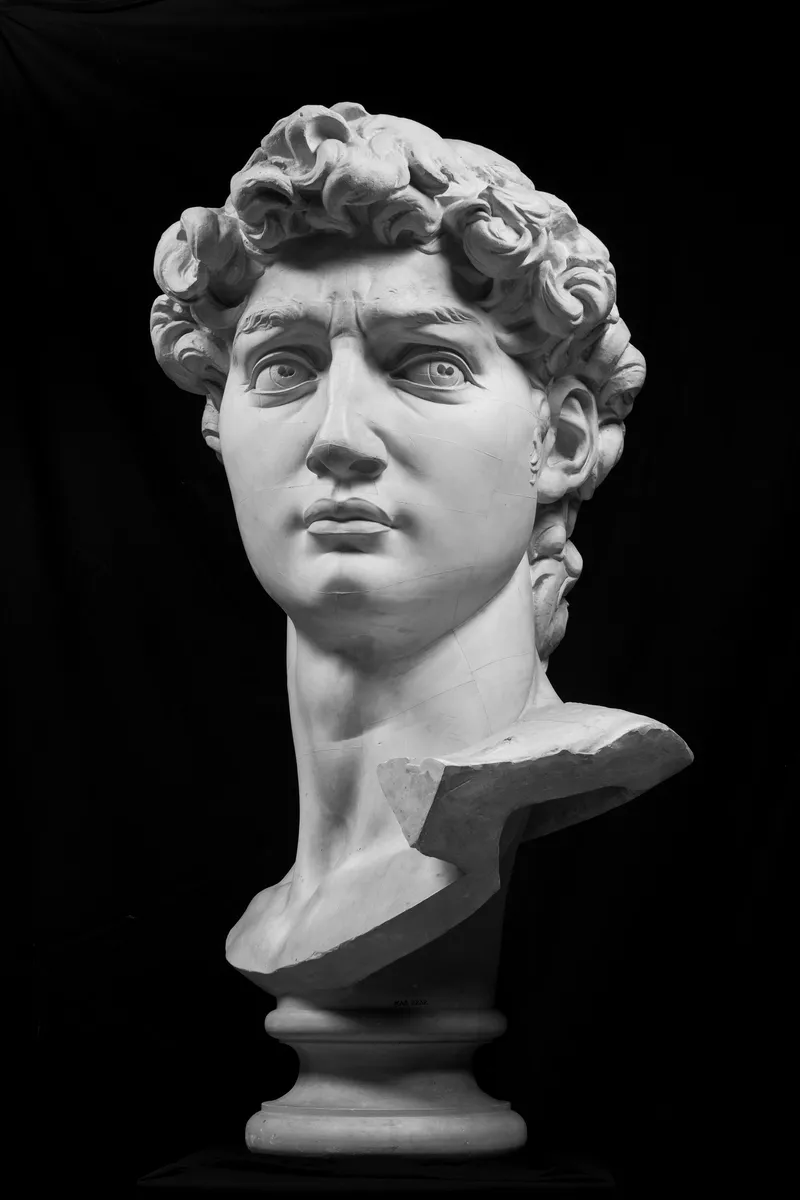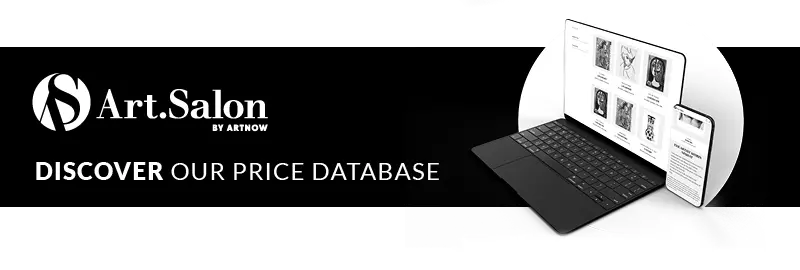
»Michelangelo Imperfect«
On March 29, the largest exhibition on Michelangelo Buonarroti to date opens in Denmark: the Statens Museum for Kunst in Copenhagen is showing its extensive collection of historical and new sculpture reproductions and original drawings in Michelangelo Imperfect.

The exhibition offers the rare opportunity to compare many of his sculptures directly: The Statens Museum for Kunst in Copenhagen brings together reproductions of Michelangelo Buonarroti's (1475-1564) sculptures. Visitors are offered exciting insights into the work of the famous sculptor, painter and architect, who worked mainly in Florence and Rome. His world-famous works include the statue of David, the frescoes of the Sistine Chapel and the then groundbreaking design for the dome of St. Peter's Basilica in Rome, which was completed after his death. The plaster casts from the Danish museum's collection date from the 19th century. The exhibition is complemented by new reproductions as well as original drawings and sculpture models by the sculptor. Michelangelo Imperfect illustrates the revolutionary ideas and the quest for the impossible of the master, who was already known as »the divine« during his lifetime. The exhibition runs from March 29 to August 31.
One of the effects of Michelangelo's work was the fame of Carrara marble. Marble was already being quarried there in the Roman Republic in the last centuries before Christ, but it was only under Michelangelo's hand that Carrara marble became famous. This applies above all to Statuario, one of around 50 different types of marble from Carrara, which Michelangelo used to create the David, among other works. To set the scene for the Michelangelo Imperfect exhibition, visitors first pass through the BRUD (Break) installation by Danish poet Morten Søndergaard. This introduces the material that Michelangelo preferred to work with and which is missing from the reproductions. Søndergaard lived and worked in Carrara for many years, which is why his work gives visitors exactly the right access to the material.




















